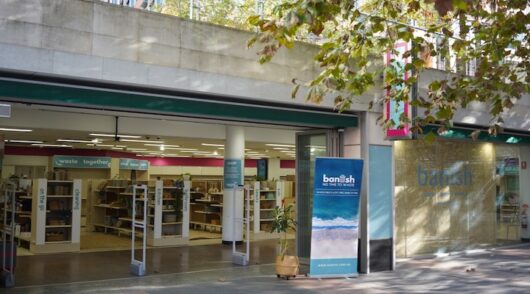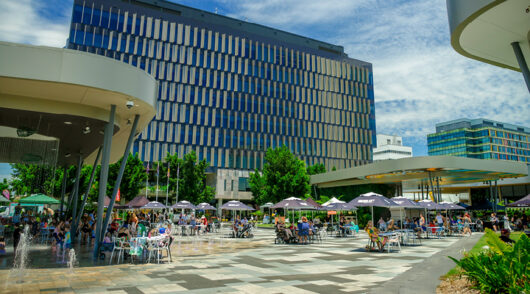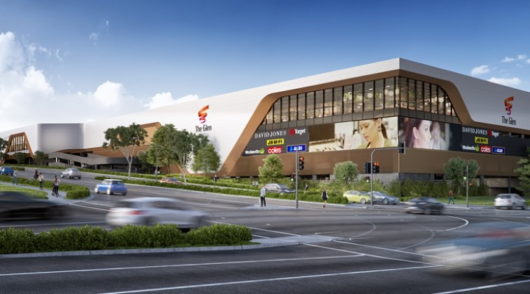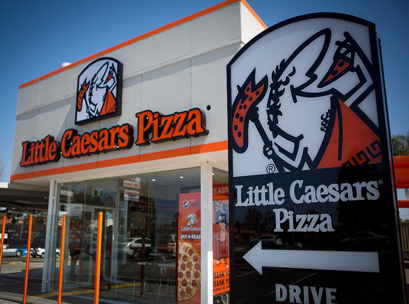 Since becoming Australia’s first publicly listed Pizza company in 2005, Domino’s has gone from strength to strength, becoming the undisputed market leader of the $3.7 billion quick service pizza segment.
Since becoming Australia’s first publicly listed Pizza company in 2005, Domino’s has gone from strength to strength, becoming the undisputed market leader of the $3.7 billion quick service pizza segment.
Just recently Domino’s reported an eight per cent profit increase to $50 million for the six months ended December 31, with network sales across the company’s network of 666 stores breaching the $1 billion mark for the first time.
The figures correlate to what IBISWorld estimates is upwards of 25 per cent market share, with Yum! Restaurants, the owners of Pizza Hut’s license, coming in second with 10.7 per cent.
But competition is heating up, and Domino’s dominance is set to be tested over the next 18 months. New market entrants and longstanding competitors are looking to expand and differentiate, signalling the start of a battle for consumer attention.
Enter Little Caesars, the fourth largest pizza chain in the US and one of the newest additions to the Australian market. Ernest Koury, the owner of the master franchise license for the brand in Australia, has been trading out of a handful of stores in NSW since 2014 and is now gearing up for a long awaited expansion plan aiming to “saturate” Sydney.
The American born retailer is bullish about Little Caesar’s prospects in Australia, planning to more than double his existing portfolio of four stores by the end of 2017 before looking interstate next year.
The end-game is 400 to 500 stores across the country, but Koury insists it’s not a race, telling Inside Retail that brand refinement and menu expansion remain top priorities in ensuring that the brand can best competitors wherever it goes.
“We’ve made some adaptions to the US model, and I think we are still learning,” he said. “We’re going to get better at what we do, speedier, and provide more of what the customer wants.”
 The Caesar’s model is built on the pillars of speed, price and quality. Where Koury says many Australian competitors hone in on two of those aspects —speed and price or quality and speed— he says they’ll hit all three; offering bigger pizzas at a lower price point with faster service.
The Caesar’s model is built on the pillars of speed, price and quality. Where Koury says many Australian competitors hone in on two of those aspects —speed and price or quality and speed— he says they’ll hit all three; offering bigger pizzas at a lower price point with faster service.
The $5 dollar pizza is nothing new for Australian consumers, Domino’s and Pizza hut have been trading on a similar offer since June 2014, but Koury says his products are 20 per cent larger than the competition and utilise made-daily fresh ingredients.
“I don’t want to compare myself to Domino’s, but put yourself in the shoes of the consumer – we make our products every day from scratch (including dough), we don’t use concentrated paste and it’s 100 per cent mozzarella.”
The low price offer is made viable in the same way that Domino’s boss Don Meij justified its own $5 dollar range to shareholders last week. Side dishes and complementary pizza offers drag average basket prices well above minimum purchase amounts and the offer is pick-up only, keeping delivery margins healthy.
“By offering different products with different side items and different services like delivery you aren’t selling everything at $5,” Koury explained.
While being matched on price in the highly competitive segment remains inevitable, Little Caesar’s doesn’t intend to be beaten on speed, with highly specialised ovens enabling a drive through offer that cuts down the pizza experience from 30-40 minutes to 30 seconds.
“When you pull up to the drive through it takes longer to make your change than to give you your product,” Koury explained. “It allows us to compete not just in the pizza segment but more so along the lines of the QSR segment.”
Pizza for lunch?
Little Caesar’s aren’t the only ones looking to put the quick-service back into pizza either, Domino’s publically listed competitor, Retail Food Group, is looking to make good on its 2012 acquisition of Pizza Capers and Crust by expanding the presence of the brands nationally.
Recognising the dominant position of Domnio’s and Pizza Hut, particularly in the Queensland market where its stores are concentrated, RFG has signed off on a new brand direction for its QSR segment that will see it focus on “occasion relevance” and a lunch-time offer.
The move is defined by a new product launched at Pizza Capers last month called the ‘Phat Boy’ – a pizza wrap made from a tortilla base, filled with a selection of toppings and run through a pizza oven. The product can be made to order in less than 7 minutes.
“The foundation of our brand strategy this year is a reality check,” QSR division marketing manager, Zoe Jacovou, told Inside Retail.
“We need a strong, relevant and differentiated position in the marketplace to be able to compete […] the key strategy to meet that objective is growing occasion relevance, specifically targeting the lunch occasion,” she continued.
While even Jacovou admits that pizza has traditionally skewed towards a dinner offering, she said that RFG research shows that lunch is the most popular QSR occasion with consumers, accounting for 43 per cent of purchases.
The market research has left the company bullish on what they see as a largely untouched segment of the market, but upon coming to the realisation that lunch-goers want something fundamentally different, Jocavou says product innovation was necessary.
“We identified the lunch opportunity and we knew it wasn’t about trying to sell pizzas at lunchtime, it was about getting an offer that was actually relevant at lunch time,” Jacovou explained. “It’s a very different pricing model but we feel like we are tapping into a whole new market segment that provides incremental sales opportunities.”
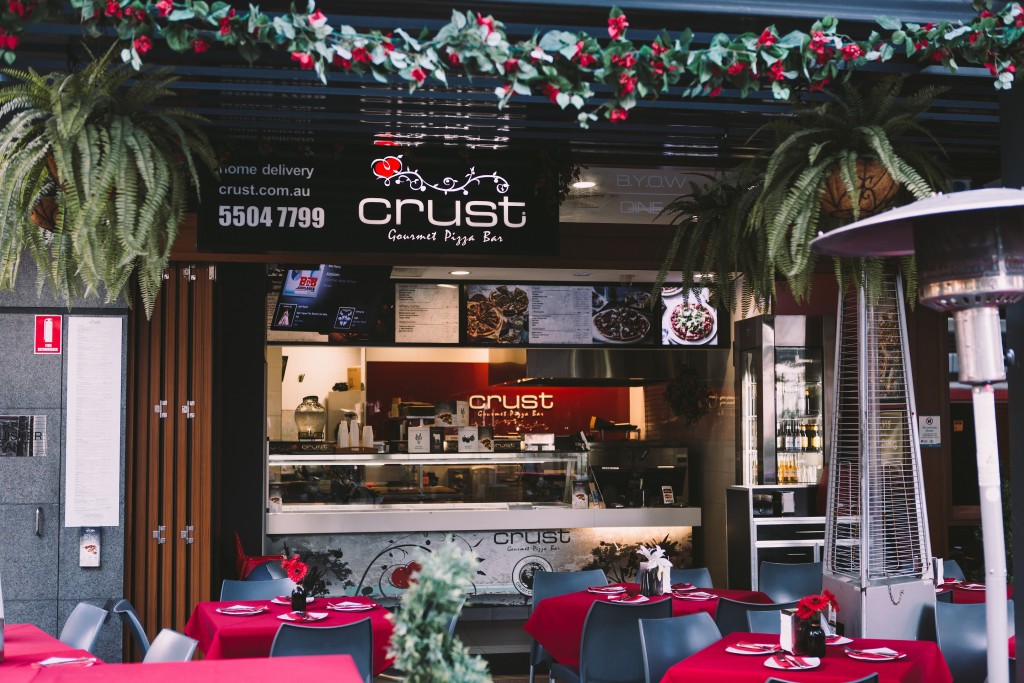 While RFG’s four per cent slice of the market is relatively small, IBISWorld’s senior industry analyst, Brooke Tonkin, notes that a successful launch will nevertheless turn heads in the industry.
While RFG’s four per cent slice of the market is relatively small, IBISWorld’s senior industry analyst, Brooke Tonkin, notes that a successful launch will nevertheless turn heads in the industry.
“If the product is well received by consumers, than other companies in the industry are likely to attempt to create similar products that will compete with the pizza wrap in an attempt to win back market share,” she said.
“The product is also likely to appeal to time-pressed consumers that are on the go and leading a busy lifestyle. It gives these consumers the option of pizza, without the difficulties associated with eating traditional pizza on the go,” she continued.
RFG’s quick service segment contributed $14.7 million in EBITDA for FY16, up from $12.8 million in FY15. While the company acquired its QSR division in 2012, but Pizza Capers and Crust Gourmet pizza have been operating since 1996 and 2001 respectively.
Inside Retail understands that plans exist to roll out the pizza wrap product into Crust stores down the line, with Jacovou confirming that further product innovation is underway to expand on their lunch refocus.
In particular, she said that the grazing platters released through Crust last year –which include a selection of breads, meats and dips— could be combined with pizza wrap products and sold as a catering offer.
“The pizza occasion doesn’t just have to be two pizzas and starter bread anymore, we see a great corporate catering opportunity,” Jocovou said.
She says they’ve seen sales increase week on week since soft launching the product in December last year, predicting that the success of the offer will become stronger as consumer education surrounding lunch-time pizza products increases.
Pizza Capers and Crust operate a total of 329 stores nationwide combined, with 20 stores opening in the last financial year.

